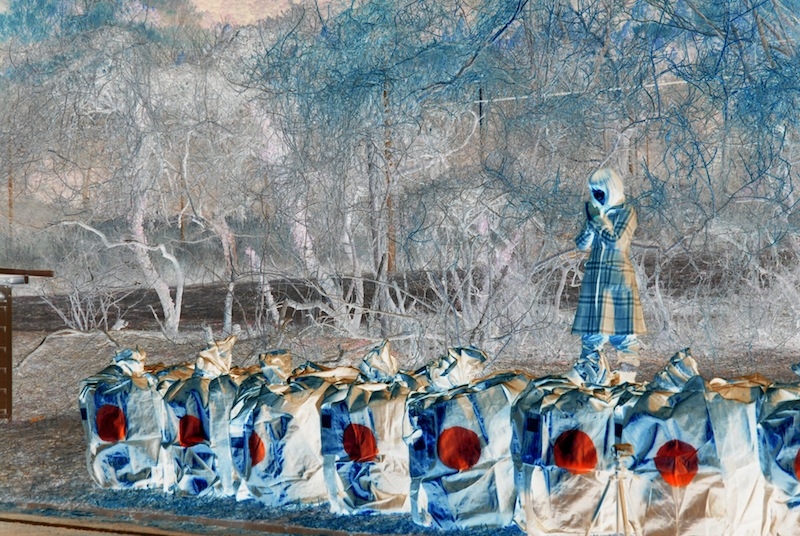Selected by Ushiro Ryuta
The Japanese female-male duo, comprising Eri Homma and Nabuchi, who started their artistic practice after the 2011 Great East Japan Earthquake, is a great example of how art in Japan has become more political in the post-Fukushima era. Its works employ radical actions that engage wide-ranging issues such as Fukushima, suicide, the Emperor of Japan, IS, while retaining a poetic sensibility. But the two artists are introspective persons: Nabuchi is a hardcore manga maniac, who was cooped up at home for years (‘otaku’). Bridging the gap between the seemingly opposite values – otaku and politics, they have successfully represented reality in Japan in a humorous way. From Flower xx (2012), in which the audience have to step on a flower bed in order to enter the exhibition space, to Rhythm of Survive (2015), for that the artists ask people in the street to rope-jump using a rope which had previously been used by a suicide to hang themselves, they have made serious and risky attempts to focus on the harm we do to others without noticing. That they manage to be literate in art but without any ethical judgment, makes them not only different from the kind of activism that is based on social playing young artists in a society where depression has spread wide and fast.
In 2015 they came to greater attention after they were awarded the 17th Okamoto Taro Memorial Award for Contemporary Art, one of the biggest art awards in Japan. In a society in which everyone is constrained by keeping up with what’s popular on the Internet and by social monitoring, young people are getting increasingly conservative. As an opposition to this, Kyun-Chome’s future output will always be of interest.
Kyun-Chome are an artist duo who came together in 2011. In 2015 they showed their work at The Jam Factory, Bangkok, and the Taro Okamoto Memorial Museum, Tokyo, having won the Taro Okamoto Memorial Award for Contemporary Art in February. They live in Tokyo.
This article was first published in the January & February 2016 issue of ArtReview.
